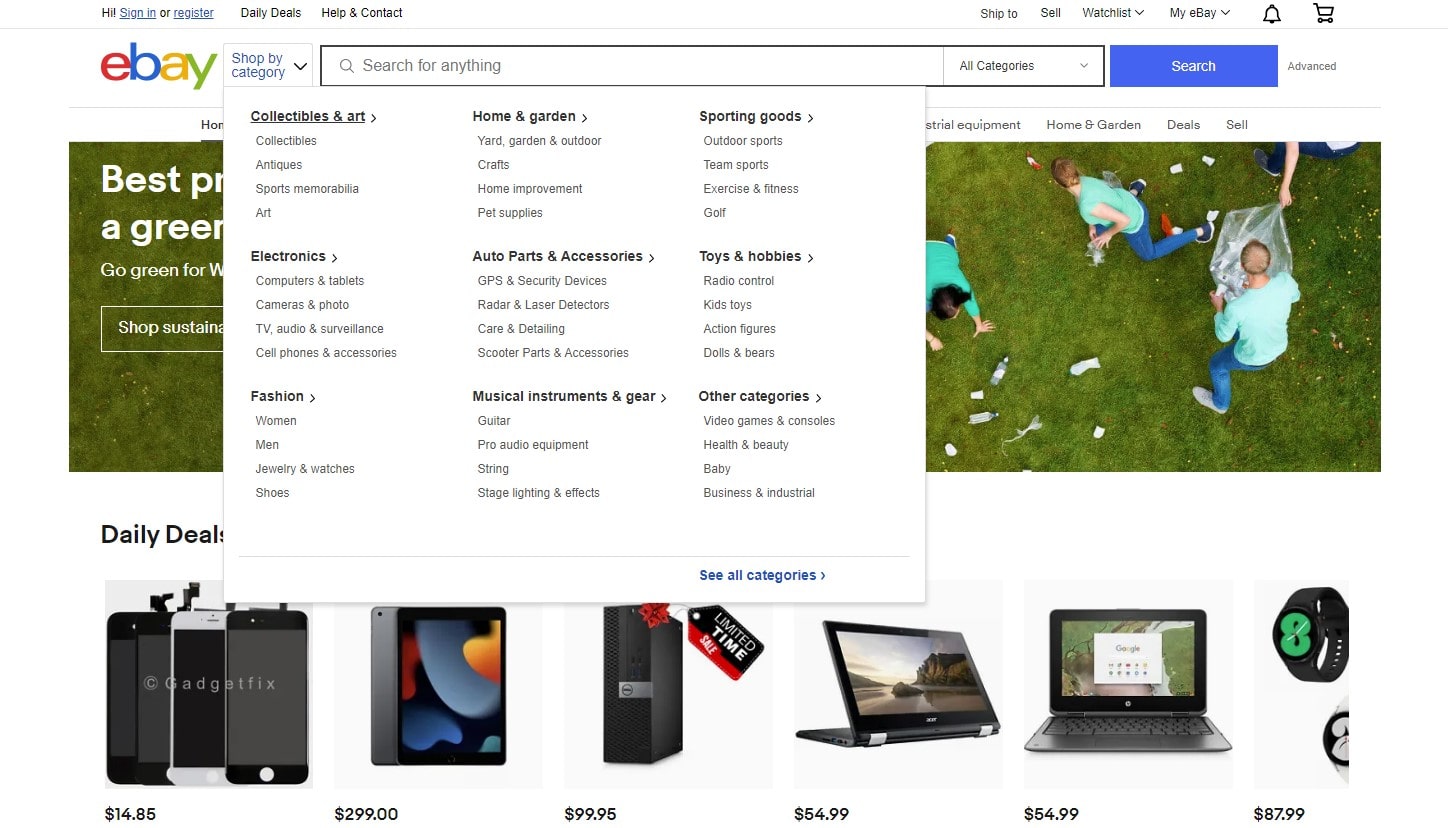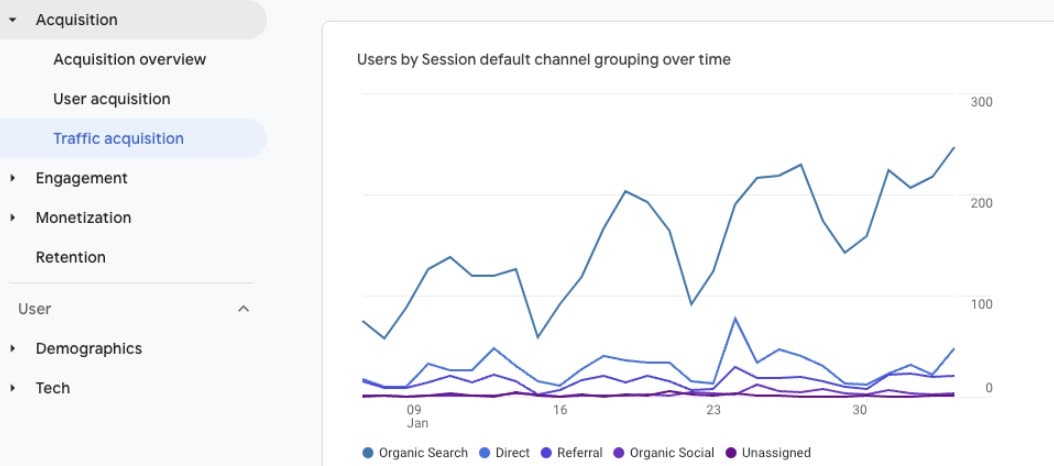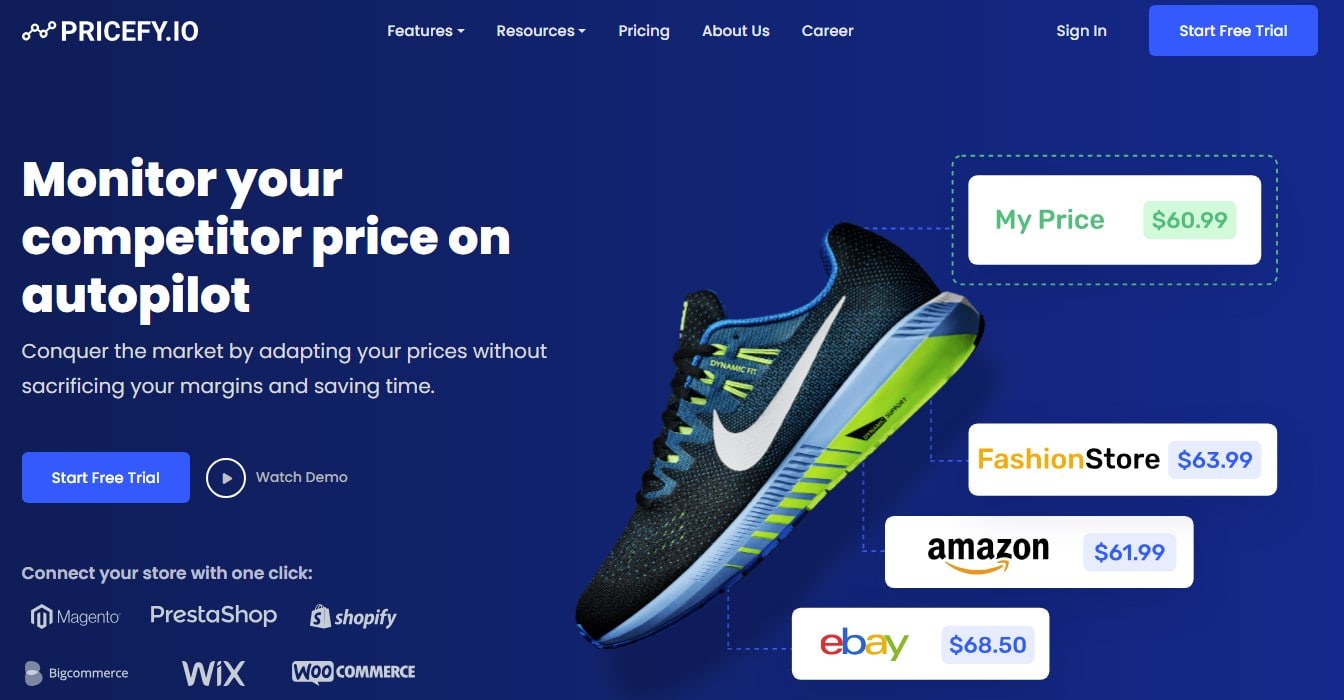Learn 14 unmatched techniques to sharply increase the rate of website conversion. This extensive tutorial delves deeply into the craft of enhancing your digital platform to effectively convert guests into consumers. We go over several strategies:
Using psychological ideas
Using appropriate UI/UX
Optimizing CTAs
For the e-commerce space, for instance, improving product photos increases conversions. Strong testimonials are quite effective in the B2B market. Remember always: every pixel on your website should be designed for conversion.
reluctant about diving in? Test Plerdy, a modern tool meant for User Experience (UX) and Conversion Rate Optimization (CRO). By tracking, evaluating, and acting on data, this tool can ease your path to optimization. Thus, get ready for this exciting journey as we assist you to drive your conversion rate to unexplored areas and keep in mind that every element counts in the digital terrain. Prepare to multiply your conversions!
What is Website Conversion?
![]()
Though it’s a buzzword used all across the digital scene, what precisely does website conversion mean? Basically, website conversion is the process by which a visitor to your site completes a desired action, therefore transforming a basic browser into something more – an active participant. This can show up differently based on the particular objectives of your website.
In e-commerce, for example, conversion may consist in:
- Buying anything
- Up for a newsletter.
- Ordering an eBook
In the nonprofit world, conversions could seem like donations or volunteer sign-ups. A conversion on a blog may be a reader sharing or subscription to an article.
One important consideration is the conversion rate, or percentage of guests that turn around. Imagine your website as a crowded airport where successful flights convert visitors. Your conversion rate could rise even minutely, suggesting significant improvement. Therefore, instead of just drawing more passengers (website visitors), concentrate on making sure more flights—conversions—take off without incident. Website conversion then is about making your traffic count rather than only about volume. It’s time to turn from tracking visitors to making visits meaningful.
What is a good conversion rate?
Establishing a generally “good” conversion rate is challenging since industry, company type, and personal objectives all affect what is good. Said another way, a general guideline is to aim for a conversion rate between 2% and 5%.
Still, it’s more beneficial to concentrate on raising your present conversion rate, regardless of industry averages than to become caught in industry averages. Though little, any improvement shows your website’s improved efficiency.
In-person illustrations:
- E-commerce: Usually hovering between 1-2%, the conversion rate is used by online stores. Though this seems low, this is really normal for this sector considering the fierce competition and consumer inclination to window-shopping.
- Finance and Insurance: Due in great part to the high value of the services provided and the specificity of user intent, finance and insurance generally experience conversion rates between 2.5 and 5%.
- For a blog or news website: Perhaps 10% of your readers now sign-up. Rising this to 15% will increase your subscriber base by 50%.
- Education: Often with an eye toward lead generation and course sign-ups, education-related websites show conversion rates between 2 and 4%.
- Non-profit: Conversion activities here can range from donations to volunteer sign-ups. Although they vary greatly, average rates often fall between 1 and 2%.
The core of a “good” conversion rate is constant development. Your present rate, either 1% or 10%, is always open for improvement and development. The secret is to concentrate on your particular situation and objectives, test and change until you discover the strategies that change the needle for your website. By means of constant analysis, experimentation, and improvement, you may turn your website into a well-oiled conversion machine, surpassing yesterday’s “good” and orienting future directions. A “good” conversion rate thus becomes a changing target, one that always motivates you to aim higher.
What Conversion Rate is Good for E-commerce Websites?

The capacity to convert inactive customers into active ones is essential to the success of any e-commerce venture. That’s why a conversion rate is one of the most important indicators of business performance.
Even if you compare the conversion of websites related to the same field, the results will be misleading. This is because different online stores have different sources and volumes of traffic. Customer relations and brand image differ.
We have researched the Ukrainian market and defined the average conversion rates based on the topics of categories.
| Field | CR |
| Smartphone spare parts | 1,87 |
| Restaurant equipment | 0,35 |
| Construction equipment | 0,55 |
| Women’s leather goods | 0,3 |
| Men’s clothes | 0,64 |
| Home appliances | 0,76 |
| Shoes | 0,79 |
| Ventilation systems | 9,61 |
| Bathroom fixtures | 0,72 |
| Stationery | 3,39 |
Website conversion greatly depends on the type of online store. It varies based on the traffic channel. In addition, conversion is influenced by a properly collected semantic kernel of a site.
How to Increase Conversion Rate?

Increasing your website conversion rate isn’t rocket science, but it does require strategy and attention to detail. The cornerstone of boosting conversions is understanding your users, meeting their needs, and guiding them towards the desired action on your site. The approach might differ between niches, but the principles remain universal.
E-commerce sites might focus on:
- Optimizing product descriptions: Accurate, engaging descriptions help customers visualize and desire your product.
- Streamlining checkout processes: Make purchasing as frictionless as possible. Consider one-click buying options or reducing the number of steps to checkout.
For nonprofits, tactics could include:
- Emphasizing impact: Tell your visitors exactly what their donation will achieve, creating an emotional connection.
- Offering varied ways to contribute: Not everyone can donate money, but they might offer time, skills, or even a social media share.
On a blog or news site:
- Offer value in exchange for emails: An informative eBook or exclusive content can be the golden ticket to email list growth.
- Prioritize mobile optimization: With a majority of web users accessing content on mobile devices, a smooth mobile experience is paramount to keep users engaged and ready to convert.
To increase your conversion rate, focus on user experience. Make your site easy to navigate, provide valuable content, and direct users seamlessly to the desired action. With these strategies, your website will turn from a digital billboard into a conversion machine.
Why Do Conversion Rates Matter?

Conversion rates are the lifeblood of any successful online venture, underpinning the value of your website. But why is this metric so crucial? Simply put, a higher conversion rate signifies that more of your website visitors are taking the action you want them to. More conversions equate to more engaged users, more customers, more sales – essentially, more success.
Let’s delve into this with some tangible examples:
- For an e-commerce site, a boosted conversion rate means selling more products without having to increase traffic. Your website becomes more efficient, turning browsers into buyers.
- For a nonprofit, an improved conversion rate could result in more donations or volunteers – amplifying the positive impact you can make.
- In the case of a blog, a better conversion rate might result in a more extensive subscriber list, enhancing the reach of your content.
The beauty of conversion rates is that they directly translate into measurable growth and success for your website. Therefore, enhancing your conversion rate becomes a non-negotiable task in your quest for digital dominance. It’s not just about obtaining more visitors—it’s about converting them. It’s time to shift the focus from mere numbers to the quality of interactions, thus transforming your website from a passive space into an active engagement hub.
How to find out the reasons for low website conversion in case?
The web has numerous useful tools to complete this task. Let’s take a look at the most prominent of them.
1. Google Analytics and Search Console Tools

This service offers great opportunities for user behavior analysis on a website. It will help you to check:
- Real-time location
- Bounce rate and exit pages.
- Number of new and returning visitors.
- Devices used to access a website.
- Conversion paths.
By setting reports in Google Analytics, you get unique opportunities to increase conversion since you will see all weak and vulnerable spots on the website.
2. Heatmap

You can spend time pondering why the bounce rate is high and why users leave websites so quickly or solve this problem once and for all by installing a click heatmap. This map will show you how understandable and convenient an online store is for users. Usually, creating a website, its owners and marketers rely on their own or competitors’ experience. Yet the audience is unique, so usability should be created based on its individual needs.
This picture shows that the “Book with us” call to action gets the most clicks, not the search button. But this area with the highest user activity doesn’t have a link to a separate page for booking.
3. A Service for Automatic Competitor Price Monitoring

Almost all actions to attract visitors to a website will fall flat if competitors offer better prices. Or maybe they have some special promotions now? A manual competitor monitoring is absolutely ineffective (a high risk of mistakes, a 5-7 day delay with data, a large volume of work, etc.). However, special services make the monitoring process automated, simple, fast, and accurate. They will allow you to:
- Receive structured and already processed arrays of information for analysis (several times per day).
- Detect flaws in pricing.
- Plan and run successful promotional campaigns.
Using the listed analytics methods you will be able to clarify all the reasons for low website conversion to immediately eliminate them.
Steps To Increase Website Conversion
1. Illustrate your Product Pages With High-Quality Images
One of the greatest drawbacks of online shopping is the absence of an opportunity to take a product into hands and examine it. The only way to make up for this flaw is to offer users product photos as good, accurate, and detailed as possible. Preferably you should use several photos that show the product from different angles. A zoom option is an additional advantage. If you can demonstrate the real dimensions of the product (a clock on a hand, a purse on a shoulder), do this. Remember that high-quality images increase the chance of purchase by 30%.
2. Minimize the Number of Steps Necessary to Make a Purchase
Try to step into customers’ shoes. Check online store buying ease. If the purchase process takes too much time or requires some extra effort from users, you risk losing the customers who already want to place an order. A one-click buying is what you should strive for.
3. Decrease the Number of Abandoned Carts Using Special Software
Have you noticed that when customers have added the chosen products to a cart, started placing an order (for example, indicated email address) and after that abandoned the cart and left online store became more frequent? Well, don’t hesitate to remind them to finish what has been started. Some e-commerce platforms offer automatic reminders of abandoned carts. To reduce interrupted transactions, display the list with cart contents and a discount coupon for additional motivation.
4. Use Online Chats for Support
This way of communication with website visitors has many advantages. An online consultant of an e-commerce website directly interacts with customers in real-time, removing the barrier of face-to-face communication. But there is a pitfall here. If you cannot ensure that online chat works smoothly, you’d better not add it. Questions left unanswered will do more harm to the site than the lack of online consulting.
5. Show Customers that Buying is Safe
This is a complex but crucial task. Websites must quickly gain confidence. For example, show users that you are certified, include references to partners or suppliers confirming business reputation, provide contact information and store address, and be sure to offer different payment methods, including cash on delivery.
6. Allow Quick Purchase Without the Registration
The creation of an account is an insurmountable barrier, whereas the pressure to do this makes them leave an online store.
7. Let Buyers Leave Reviews
This isn’t a recommendation but already a life-critical requirement. Take a look at market leaders, for instance, Amazon. Why do they sell so actively, and the sellers’ conversion skyrockets? It seems like no one will buy anything without studying the product beforehand.
8. Change the Color of the Buy Button
Make this button big, appealing, and bright. The one that will definitely be noticed. The style, beauty, and harmony are great, but we aim for a high conversion rate.
9. Add Product Reviews
Have you heard the saying “Facts tell, but stories sell”? It’s really true. Please include a detailed description of product, compare it to its analogs. This works better than a boring listing of main characteristics.
10. Show Customers they Can Return a Purchase
Do you think that a return policy doesn’t really stimulate conversion optimization? You’re mistaken. More than half of users will read return conditions before buying a product. This gives them additional security guarantees and increases trust.
11. Optimize Web Resource for Mobile
Today, when mobile devices have conquered the world, the contempt to optimize online stores based on audience’s preferences is a crime against conversion.
12. Don’t Let Customers Go
You cannot literally grasp the customer’s hand and make him stay. The chances to return them are scarce. The last thing that can keep users is popup windows! They must be activated right when a user is going to close a page.
13. Check your Content for Mistakes
Orthographic mistakes can harm sales. This is already a proven fact. Buyers intuitively feel that a seller who hasn’t managed to create an error-free text doesn’t deserve to be trusted. Ask an editor to check content to avoid damaging the trust of the online stores.
14. Improve your Design
There are numerous examples when redesign has resulted in a 2-3 times increase of conversion. Obviously, all these changes aren’t done blindly. One must use tools for usability analysis of an online store and rely on the exact date of this analysis since low-quality changes can be counter productive conversion.
Make Customers Loyal
A conversion increase is not a one-time action but continuous work. As soon as you get new customers, you start turning them into buyers, and an occasional buyer must be transformed into a loyal one.
According to the research, the chances to sell something to new customers are 5-20%, while the probability of sale in loyal customers is 60-70%.
How to keep a customer? There are three components of this process:
- Satisfy customers’ needs.
- Motivate to make repeat purchases.
The first interaction with a service plays a key role. If it turns out to be negative, you will lose a chance to continue cooperation. Content is equally important. To clarify customers’ exact needs, create a portrait of a typical user.
Conclusion
In the dynamic landscape of digital marketing, elevating your website’s conversion rate is akin to charting a course through a chain of islands. It’s a journey—you’re navigating your visitor’s experience from first click to conversion. Now, armed with these 14 strategies, from leveraging VWO’s capabilities to implementing Hotjar’s heatmaps, you’ll set a path to remarkable marketing success. No longer are you adrift in a sea of irrelevant content, but you’re guiding your visitor to the saintly shores of meaningful interactions—implementing surveys, tailoring landing pages, and making excellent use of exit-intent pop-ups.
Ensure your website’s credibility with proof elements and privacy policies, just as a reliable hosting service would. Building trust is difficult but worthwhile. Be mindful of potential pain points—like unnecessary form fields or slow load times—so that your customer’s journey is smooth sailing. It’s about making every visit count, tracking each cookie crumble, and leveraging these insights for better decisions.
Go on, give Plerdy’s SEO & UX analysis tools a go—it’s free, and you’ll love the live view of your customers’ browsing. It’s time to set sail towards increased revenue and embark on a voyage of elevated conversion rates.
